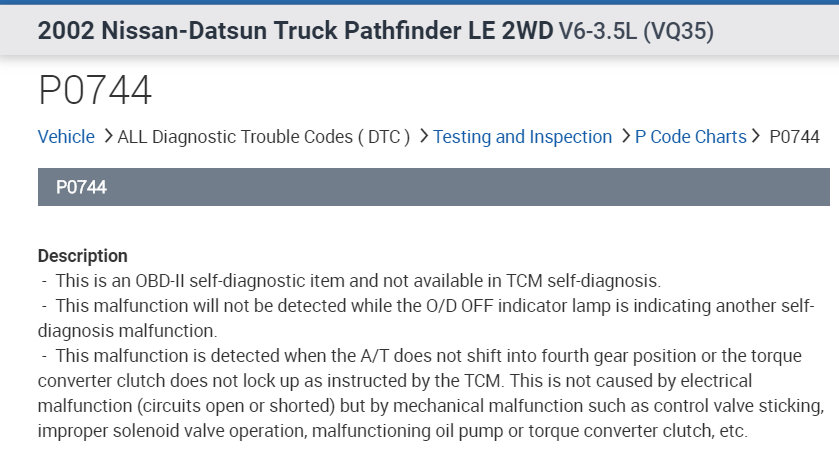Hello again,
There is no knock sensor for cylinder one. Knock sensors are generally one per engine, or high performance engines will have one per bank, but none have one per cylinder. Knock sensors work by detecting a sudden "jolt" that happens when detonation happens in an engine. Detonation or "knock" happens when the air fuel mixture in a cylinder of your vehicle spontaneously combusts with being detonated by the spark plug. This happens when the piston is still on it's compression stroke coming upwards in the cylinder. The "knock" that you here is the flame front of the air fuel detention, which has now gone off like a stick of dynamite, slapping the piston on it's upward stroke. Detonation (knock) can be extremely damaging to internal engine parts and must be dealt with.
Knock sensor are made from a piezo electric material that generates electrical current when a sudden jolt goes through it. When your vehicle's Power-train Control Module (PCM) AKA, "computer" gets an electrical signal from the knock sensor, it retards the engine timing to bring your vehicle away from detonation. There are several things that can cause detonation such as, timing to far advanced, combustion chamber heat, too high of a compression ratio, gasoline octane rating too low. Did you know that premium gas will not make your vehicle run better, burn cleaner or anything like that. 93, 89, 87 is the octane rating of gas. Gas is gas is gas and will all burn the same. The octane rating goes like this. If 97 octane gas was broken into a 100 parts, 97 would be octane which is 100% resilient to self detonation under compression, and 13% heptane which is completely unresistant to self detonation under compression. The same goes for 89 and 93. If you look at the pump it will have this formula for how the octane rating was determined. R+M/2. This stands for real world plus machine shop dived by 2. The gas is run in a real world engine and one in a machine shop and the octane rating is an average from both. So, anyone who buys 93 octane gas thinking it will make their vehicle run faster is simply throwing away their money. 87 octane will work exactly the same. I have to rum 93 octane in my car but it is a supercharged mustang GT with the compression ratio upped to 10:1. The volumetric efficiency of the cylinders is well over 100% and it is prone to self detonation.
Anyway DTC P0744 is in association with the transmission TCC Solenoid. I have included a description of it in the diagrams down below.
Thanks,
Alex
2CarPros
Image (Click to make bigger)
Sunday, March 31st, 2019 AT 12:43 AM



